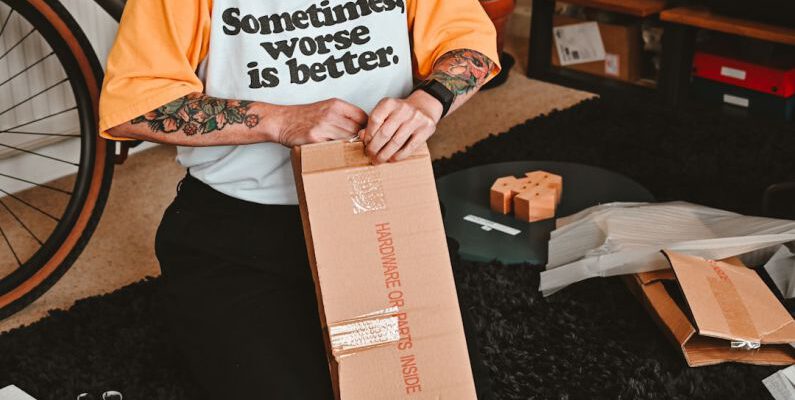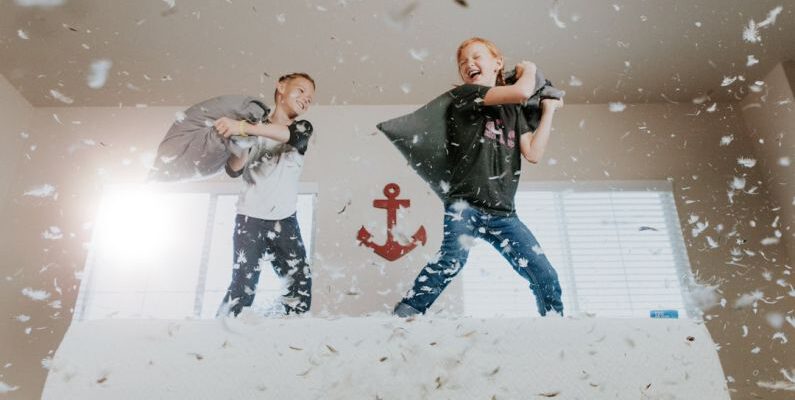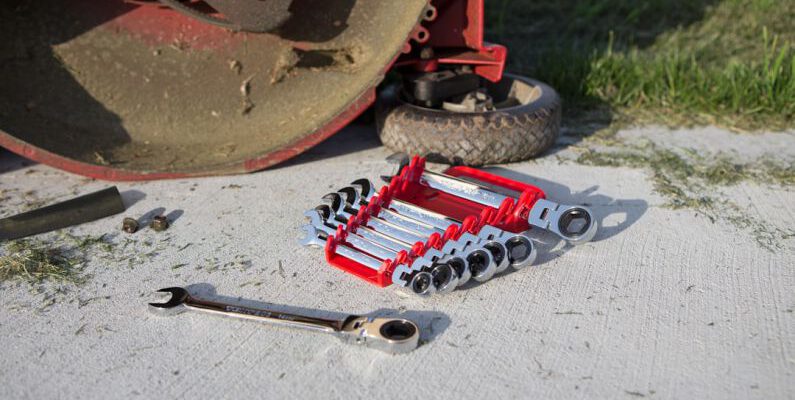In today's fast-paced world, stress has become a common part of daily life for many individuals. The demands of work, family, and personal responsibilities can often leave people feeling overwhelmed and anxious. As a result, finding effective ways to manage stress has become increasingly important. One popular method that has gained attention in recent years is engaging in do-it-yourself (DIY) projects. But can DIY projects really help reduce stress? Let's explore this question further.
DIY Hacks
In DIY Hacks
Engaging children in do-it-yourself (DIY) projects can be a rewarding and educational experience. Not only do these projects spark creativity and imagination, but they also help kids develop important skills such as problem-solving, fine motor skills, and critical thinking. If you're looking for some fun and exciting DIY projects to keep your kids entertained, here are some of the best ideas to get you started.
**Cardboard Playhouses**
One of the most versatile and enjoyable DIY projects for kids is building a cardboard playhouse. All you need is a large cardboard box, some markers, paint, and decorations. Encourage your kids to use their imagination to design and decorate their own playhouse. They can create windows, doors, and even a roof with simple materials. This project not only provides hours of entertainment but also teaches kids about spatial awareness and construction.
**Nature Collage**
Take a nature walk with your kids and collect leaves, twigs, flowers, and other natural materials. Once you're back home, encourage them to create a beautiful nature collage using the items they've collected. This project allows kids to explore textures, shapes, and colors found in nature while also fostering a deep appreciation for the environment.
**Homemade Musical Instruments**
Get creative with your kids by making homemade musical instruments using household items. From rain sticks made from paper towel rolls to shakers made from rice-filled containers, the possibilities are endless. This DIY project not only encourages kids to explore different sounds and rhythms but also provides a fun way to introduce them to the world of music.
**Gardening**
Gardening is a wonderful DIY project for kids that teaches them about responsibility, patience, and the importance of nurturing living things. Start by planting seeds in small pots or a designated garden space. Encourage your kids to water the plants regularly and watch as their seedlings grow into beautiful flowers or vegetables. Gardening is a hands-on way for kids to learn about the natural world and the science of plant growth.
**DIY Slime**
Kids love getting their hands messy, and making DIY slime is a perfect project for them to do just that. With just a few simple ingredients like glue, borax, and food coloring, kids can create their own colorful and squishy slime. This project not only provides sensory play but also allows kids to explore the science behind the slimy substance.
**Tie-Dye T-Shirts**
Give old t-shirts a new lease on life by transforming them into vibrant tie-dye masterpieces. All you need is some fabric dye, rubber bands, and a plain white t-shirt. Let your kids get creative with different folding and tying techniques to create unique patterns on their shirts. This project is not only a fun way to upcycle old clothing but also allows kids to experiment with color mixing and design.
**Conclusion: Crafting Memories with DIY Projects**
Engaging in DIY projects with your kids is more than just a way to pass the time – it's an opportunity to create lasting memories and foster a sense of creativity and exploration. Whether it's building a cardboard playhouse, exploring nature through a collage, or making homemade musical instruments, these projects provide valuable learning experiences for kids of all ages. So grab some supplies, roll up your sleeves, and get ready to craft memories with your little ones through these engaging and entertaining DIY projects.
In DIY Hacks
**How to Organize Your Home with DIY Solutions?**
Do you often find yourself overwhelmed by clutter in your home? Are you looking for budget-friendly and creative ways to get organized? Look no further! DIY solutions can be your best friend when it comes to decluttering and organizing your living spaces. In this article, we will explore some practical and innovative DIY ideas to help you transform your home into a well-organized haven.
**Repurpose Items for Storage**
One of the most efficient ways to organize your home on a budget is by repurposing items for storage. Look around your house for unused items that can serve a new purpose. For instance, old crates or baskets can be painted and used as stylish storage bins for your living room or bedroom. Mason jars can be utilized to store small items like spices in the kitchen or cotton balls in the bathroom. By thinking outside the box, you can turn everyday objects into functional storage solutions.
**Utilize Vertical Space**
When space is limited, it's crucial to make the most of vertical space in your home. Install floating shelves on empty walls to display books, plants, or decorative items. Utilize over-the-door organizers in closets to store shoes, accessories, or cleaning supplies. Hanging baskets in the kitchen can free up counter space and keep fruits and vegetables easily accessible. By going vertical, you can maximize storage without sacrificing floor space.
**Create a Command Center**
A command center is a designated area in your home where you can organize schedules, mail, keys, and other essentials. You can easily create a DIY command center by repurposing a chalkboard, corkboard, or even a section of your wall. Use it to display calendars, to-do lists, important memos, and keys. Adding hooks for keys and baskets for mail can help you stay on top of daily tasks and keep clutter at bay.
**Label Everything**
Labeling is a simple yet effective way to maintain organization in your home. Invest in a label maker or get creative with handmade labels to identify the contents of containers, drawers, and shelves. By labeling items, you can easily find what you need and ensure that everything has its place. This practice not only helps you stay organized but also adds a personalized touch to your home decor.
**Repurpose Furniture for Storage**
If you're short on storage space, consider repurposing furniture to serve dual purposes. A storage ottoman can not only provide extra seating in the living room but also store blankets, pillows, or magazines. A bookshelf can be used as a room divider while offering ample space for books, decor items, and storage baskets. Look for furniture pieces with built-in storage compartments or think of creative ways to add storage to existing pieces.
**Declutter Regularly**
Maintaining an organized home requires regular decluttering sessions. Set aside time each month to go through your belongings and purge items that are no longer needed or used. Donate or sell items that are in good condition but no longer serve a purpose in your home. By decluttering regularly, you can prevent accumulation of unnecessary items and ensure that your living spaces remain tidy and functional.
**In Summary**
Organizing your home with DIY solutions doesn't have to be complicated or expensive. By repurposing items, utilizing vertical space, creating a command center, labeling everything, repurposing furniture for storage, and decluttering regularly, you can transform your home into a well-organized sanctuary. Embrace creativity, think outside the box, and enjoy the process of making your living spaces more functional and aesthetically pleasing. With these DIY solutions, you can conquer clutter and create a home that reflects your style and personality.


